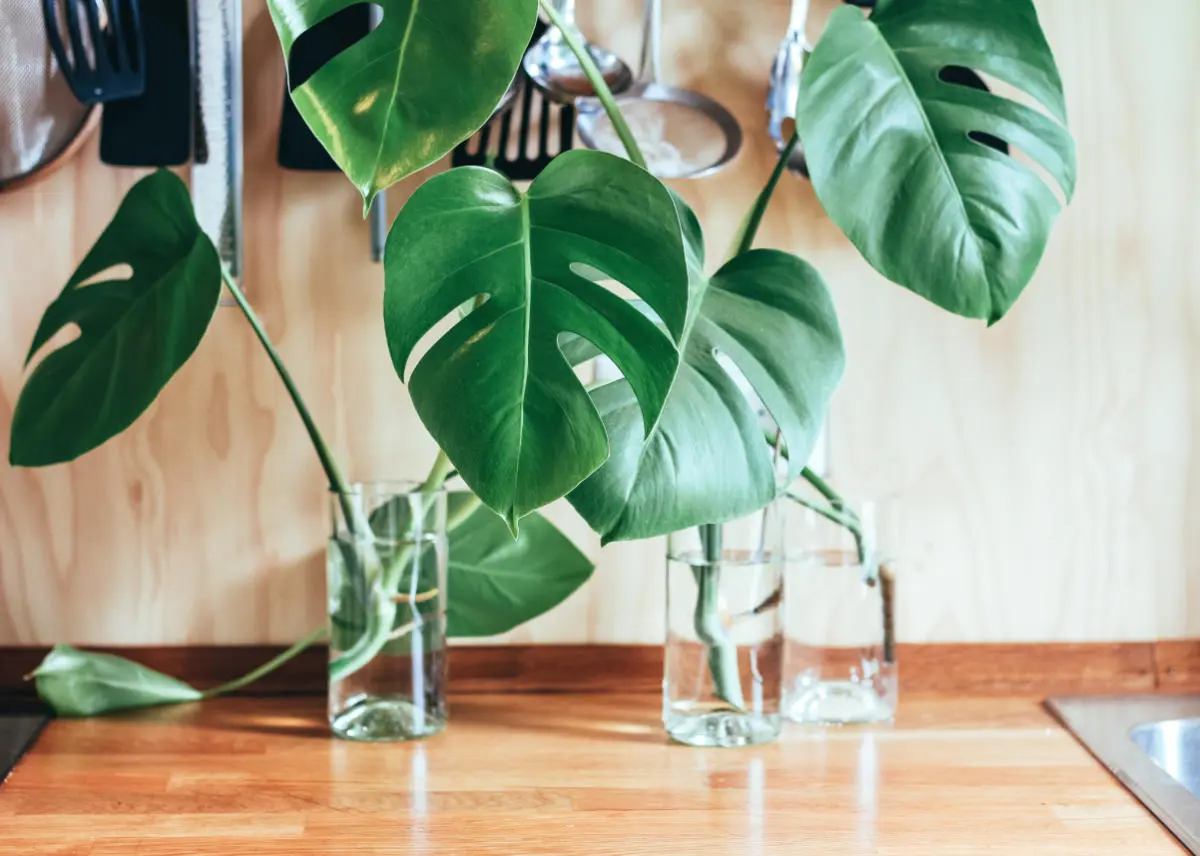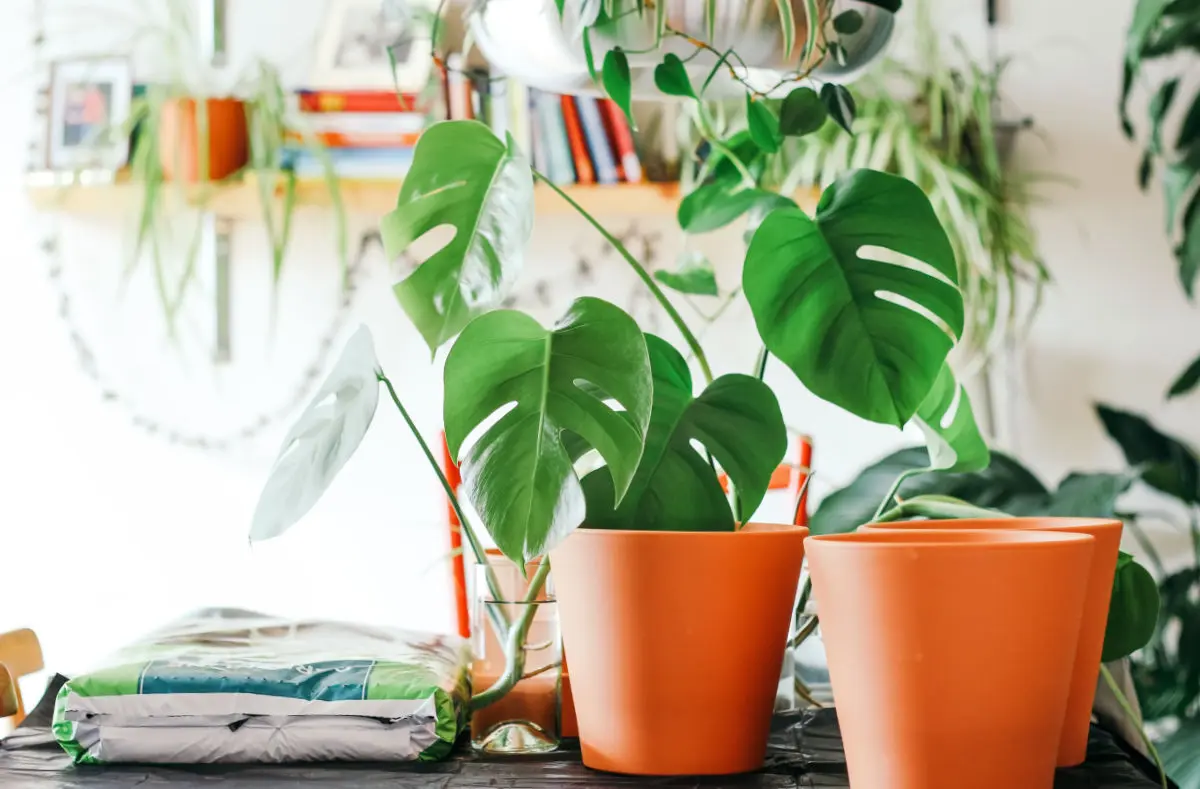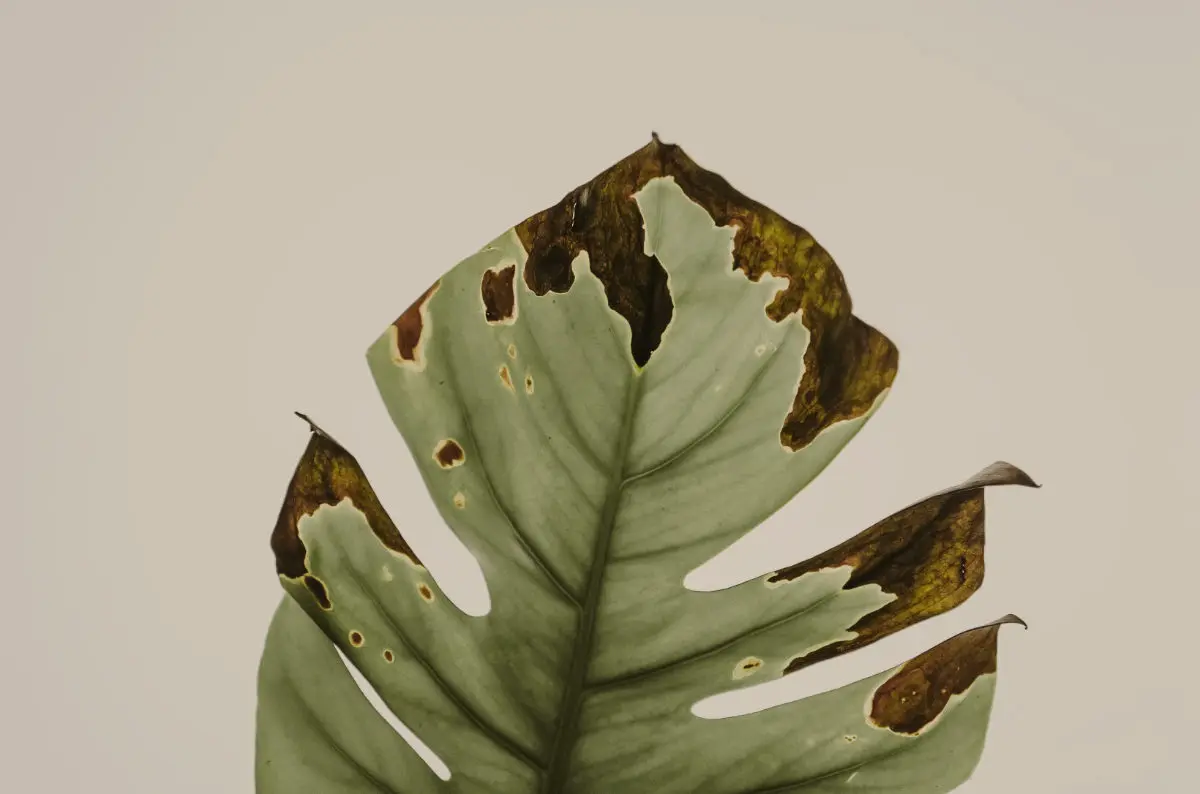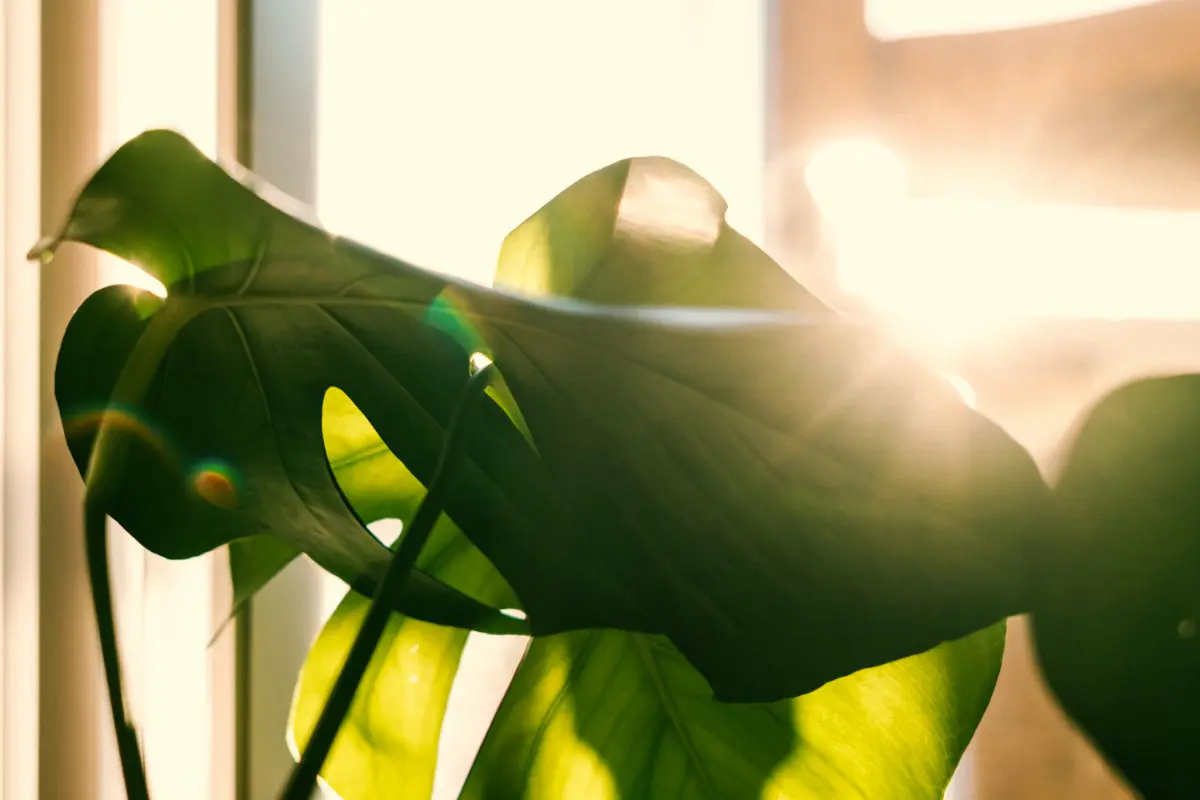How to Successfully Propagate Monstera Plants
Propagating a Monstera plant is a great way to expand your plant collection or share it with others. Learn step-by-step instructions on how to propagate a Monstera and watch your plant grow into a beautiful new addition to your home or garden.
By Tobias Holm
Are you looking to add a touch of nature and elegance to your living space? Look no further than the Monstera plant. Known for its distinctive and exotic foliage, the Monstera is a popular choice among plant enthusiasts. But did you know that you can easily propagate and multiply your Monstera plants?
Whether you're a seasoned gardener or just starting out, this guide will equip you with the knowledge and techniques to successfully propagate Monstera plants. From understanding the different propagation methods to providing the ideal conditions for growth, we'll cover it all.
Get ready to unleash your green thumb and watch your Monstera collection flourish. By the end of this article, you'll be well on your way to becoming a Monstera propagation expert. So, roll up your sleeves, and let's dive into the world of Monstera propagation.
What is propagation?
Propagation is the process of creating new plants from existing ones. It's a way to reproduce and expand your plant collection.
By propagating Monstera plants, you can create multiple plants from a single parent plant. This not only allows you to multiply your collection but also gives you the opportunity to share the joy of Monstera plants with friends and family.
There are several methods of propagation, and we'll explore them in detail later in this article. Whether you choose to propagate from stem cuttings, leaf cuttings, or through air layering, the overall goal is to create new plants that have the same characteristics as the parent plant.
Why propagate Monstera plants?
There are several reasons why propagating Monstera plants is a great idea.
Firstly, it allows you to expand your plant collection without having to spend a fortune on new plants. Instead of purchasing multiple Monstera plants, you can simply propagate them from your existing ones.
Secondly, propagating Monstera plants gives you the opportunity to try out different propagation methods and experiment with different techniques. It's a great way to learn more about plants and develop your gardening skills.
Lastly, propagating Monstera plants can be a rewarding experience. Watching a new plant grow and thrive under your care is incredibly satisfying and can bring a sense of accomplishment.
So, whether you're a plant enthusiast looking to expand your collection or someone who simply enjoys gardening as a hobby, propagating Monstera plants is a fun and fulfilling endeavor.
Understanding Monstera plant anatomy
Before we delve into the different methods of Monstera plant propagation, it's important to understand the anatomy of the Monstera plant. This will help you identify the different parts of the plant and make informed decisions when it comes to propagation.
The Monstera plant is characterized by its large, heart-shaped leaves with unique holes or fenestrations. These holes are believed to help the plant withstand strong winds in its natural habitat.
The leaves are attached to long, sturdy stems that can grow up to several feet in length. The stems have nodes, which are small bumps where roots and new growth can emerge.
Understanding the structure and growth patterns of the Monstera plant will make it easier for you to choose the right propagation method and ensure successful propagation.
Different methods of Monstera plant propagation
There are three main methods of propagating Monstera plants: stem cuttings, leaf cuttings, and air layering. Each method has its own advantages and challenges, so it's important to choose the one that suits your preferences and circumstances.
Let's explore each method in detail.
Propagating Monstera plants from stem cuttings
Stem cuttings are the most common and easiest method of propagating Monstera plants. It involves taking a section of the stem with a few leaves and nodes and rooting it in water or soil.
To propagate Monstera plants from stem cuttings, follow these steps:
- Select a healthy parent plant with strong stems and leaves.
- Using a clean, sharp knife or shears, cut a section of the stem just below a node.
- Remove any leaves from the lower part of the cutting, leaving a few leaves at the top.
- Dip the cut end of the stem in rooting hormone powder to encourage root growth.
- Place the cutting in a glass of water or a pot filled with moist soil.
- Keep the cutting in a warm and bright location but away from direct sunlight.
- Change the water every few days or water the soil when it starts to dry out.
- After a few weeks, you should start to see roots forming. Once the roots are well-established, you can transfer the cutting to a larger pot with well-draining soil.
Propagating Monstera plants from leaf cuttings
Leaf cuttings are another popular method of propagating Monstera plants. It involves taking a leaf or a section of a leaf and encouraging it to develop roots. While this method takes longer than stem cuttings, it can be a rewarding way to propagate Monstera plants.
To propagate Monstera plants from leaf cuttings, follow these steps:
- Select a healthy leaf or a section of a leaf from the parent plant.
- Make a clean cut at the base of the leaf or section of the leaf, ensuring that you have a small piece of stem attached.
- Place the leaf or section of the leaf in a glass of water, making sure that the stem is submerged.
- Keep the glass in a warm and well-lit location but away from direct sunlight.
- Change the water every few days to prevent it from becoming stagnant.
- After a few weeks, you should start to see roots forming. Once the roots are well-developed, you can transfer the cutting to a pot filled with well-draining soil.
Propagating Monstera plants through air layering
Air layering is a more advanced method of propagating Monstera plants. It involves creating a small wound on a stem, wrapping it with moist sphagnum moss, and encouraging it to develop roots while still attached to the parent plant. Although it requires more time and effort, air layering can result in larger and more established plants.
To propagate Monstera plants through air layering, follow these steps:
- Select a healthy and mature stem from the parent plant.
- Make a horizontal cut on the stem, about one-third of the way through the stem.
- Apply rooting hormone to the exposed area of the stem.
- Take a handful of moist sphagnum moss and wrap it around the wounded area of the stem.
- Cover the moss with plastic wrap or a plastic bag to create a humid environment.
- Secure the plastic wrap or bag in place using twine or plant ties.
- Check the moss regularly and mist it with water if it starts to dry out.
- After a few weeks to a few months, you should start to see roots forming. Once the roots are well-established, you can carefully cut the stem below the rooted section and transfer it to a pot with well-draining soil.
Tips for successful Monstera plant propagation
Now that you're familiar with the different methods of propagating Monstera plants, here are some tips to increase your chances of success:
- Choose healthy parent plants with no signs of disease or pests.
- Use clean and sharp tools to prevent the spread of diseases.
- Provide the right environmental conditions, such as temperature, humidity, and light, for optimal growth.
- Use rooting hormone to promote root development.
- Ensure that the soil or water is well-draining to prevent root rot.
- Mist the cuttings or cover them with a plastic bag to increase humidity.
- Be patient and give the cuttings enough time to develop roots before transplanting them into larger pots.
- Monitor the moisture levels and adjust watering accordingly to prevent overwatering or underwatering.
Caring for propagated Monstera plants
Once you have successfully propagated your Monstera plants, it's important to provide them with proper care to ensure their continued growth and health.
Here are some guidelines for caring for propagated Monstera plants:
- Place the plants in a bright location with indirect sunlight. Avoid placing them in direct sunlight, as it can scorch the leaves.
- Maintain a consistent temperature between 65°F and 85°F (18°C and 29°C) to promote healthy growth.
- Water the plants when the top inch of soil feels dry. Be careful not to overwater, as Monstera plants are susceptible to root rot.
- Use a well-draining potting mix and ensure that the pots have drainage holes to prevent water from sitting in the soil.
- Provide support for the plants as they grow taller by using stakes or trellises.
- Fertilize the plants during the growing season with a balanced liquid fertilizer diluted to half strength.
- Regularly inspect the plants for signs of pests or diseases, and take appropriate action if necessary.
Conclusion
Congratulations! You've reached the end of this comprehensive guide on how to successfully propagate Monstera plants.
We've explored the different methods of propagation, from stem cuttings and leaf cuttings to air layering. We've also discussed the importance of understanding Monstera plant anatomy and provided tips for successful propagation.
Remember to be patient and give your propagated Monstera plants the care they need to thrive. With the knowledge and techniques you've gained from this article, you'll be well-equipped to unleash your green thumb and watch your Monstera collection flourish.
Happy propagating!



